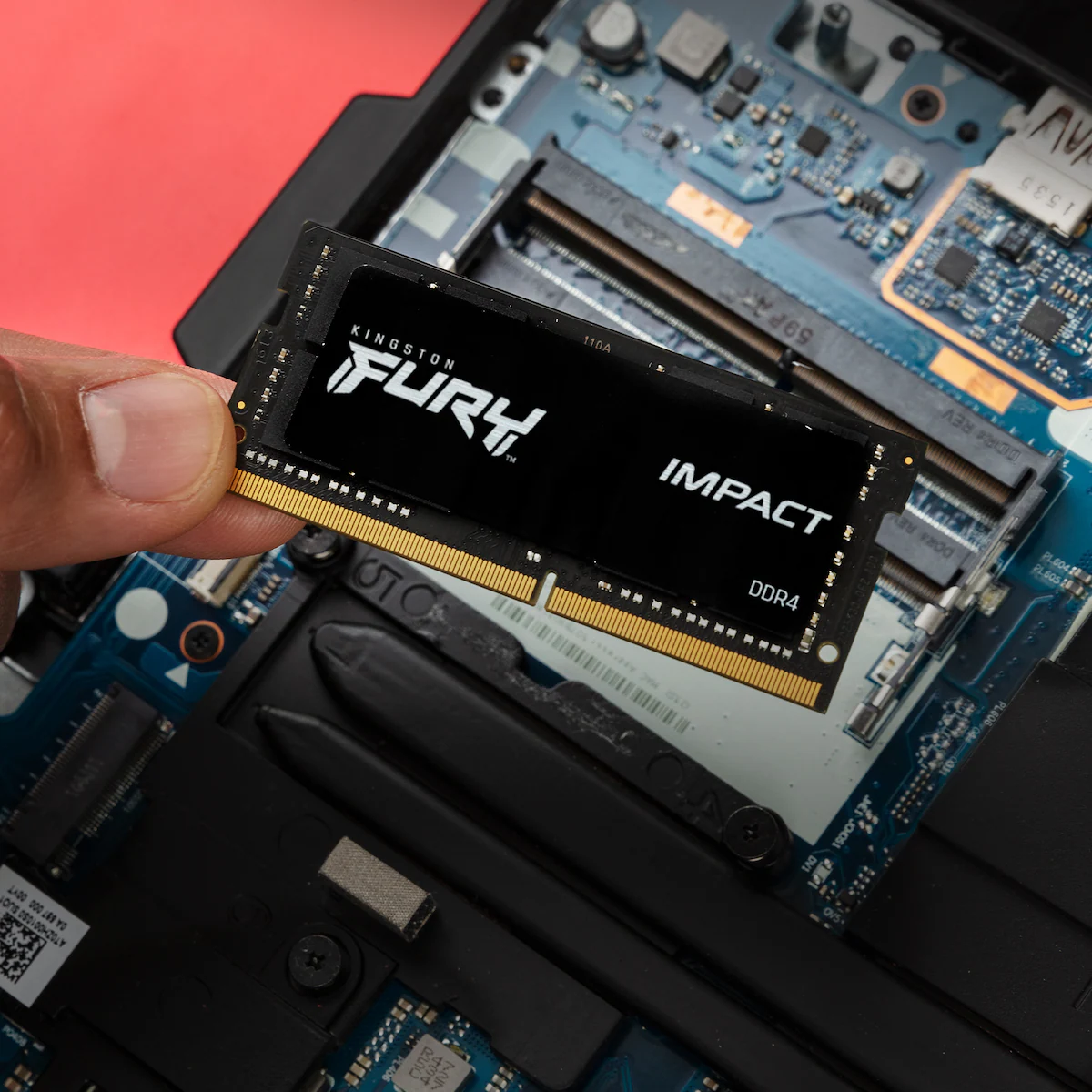Performing memory forensics requires a structured approach to ensure no data is overlooked. This guide will walk you through the entire process.
Step 1: Memory Acquisition
Use tools like FTK Imager or Magnet RAM Capture to obtain an exact copy of the RAM.
Step 2: Hash and Verify the Image
Create a hash of the memory image to ensure integrity and prevent tampering.
Step 3: Process Analysis
Analyze running processes using Volatility to detect anomalies and rogue processes.
Step 4: Detect Network Connections
Use memory analysis tools to identify suspicious IP connections or unauthorized access attempts.
Step 5: Malware Detection
Scan for indicators of compromise (IoCs) using threat intelligence feeds.
Step 6: Reporting and Documentation
Compile all findings into a detailed report for use in legal proceedings.
Conclusion
Following these steps ensures a thorough and legally defensible memory forensic investigation.
